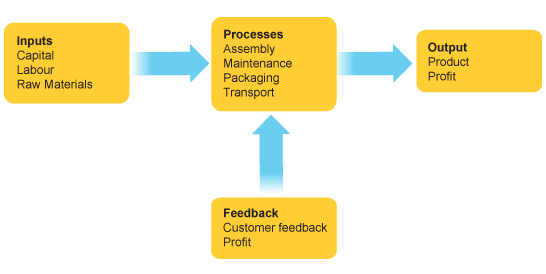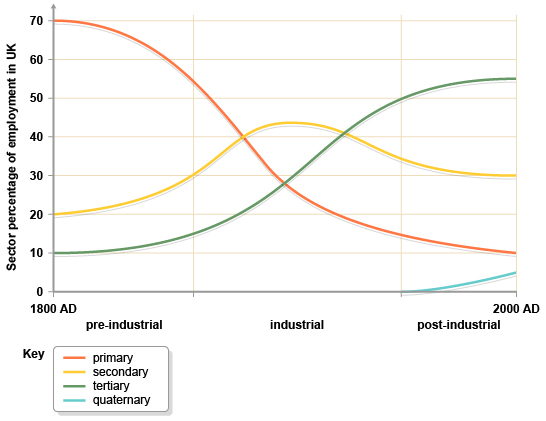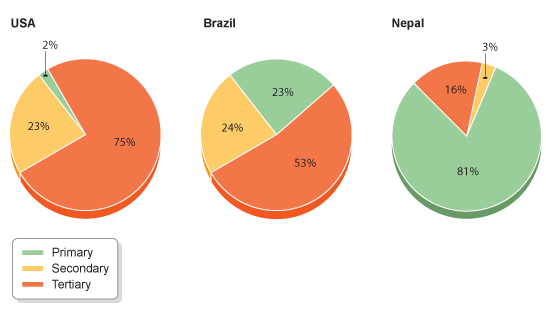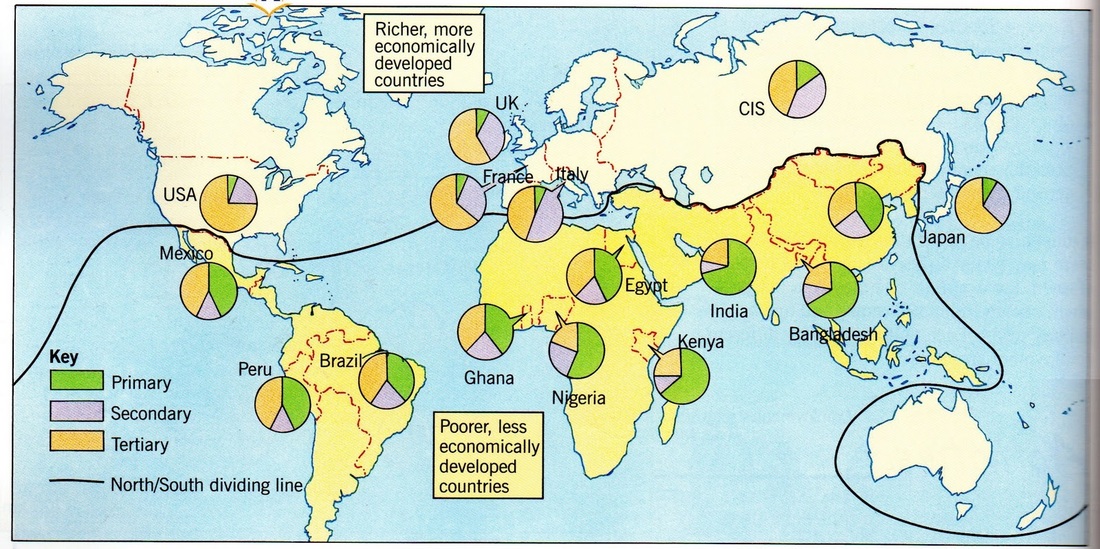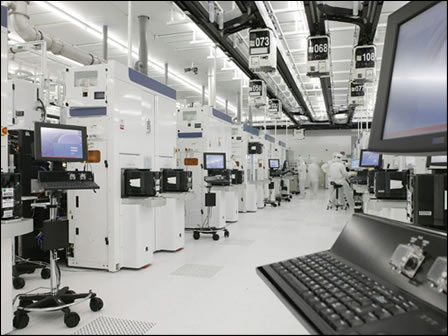Industry
Your browser does not support viewing this document. Click here to download the document.
| industry.pdf | |
| File Size: | 142 kb |
| File Type: | |
Industrial System
|
As with Agriculture, Industry can be described as a systems of INPUTS, PROCESSES and OUTPUTS
|

Go over the following PowerPoint and make some notes.
| ||||||
Industrial SEctors

Study the images below and attempt to explain what you can see.
Factors affecting industrial location

Complete the following mystery:
| Mystery on industrial location | |
| File Size: | 59 kb |
| File Type: | doc |
|
HUMAN FACTORS
|
PHYSICAL FACTORS
|
Where would you locate the below industries and why?
|
Case Study:
Bangalore – India’s high-tech city
1 The plateau on which Bangalore is located. 2 Two public sector organisations established by the Indian government in Bangalore. 3 The decade when Bangalore became the location for the first large-scale foreign investment in high technology in India. 4 The US company involved in this investment. 5 The two industries for which Bangalore is India’s most important centre apart from ICT. 6 The growth in population between 1981 and 2011. 7 The ranking of Bangalore in the largest technology clusters in the world. 8 The number of ICT companies in the city. 9 The three main technology clusters in Bangalore. 10 The number of engineering colleges in the city. |
